Understanding Down Payments: Smart Tips for Homebuyers
What Exactly Is a Down Payment?
A down payment is the upfront cash you put toward buying a house—it’s your stake in the property right from the start. This amount, usually expressed as a percentage of the home’s purchase price, shows lenders you’re serious and financially prepared.
How Does a Down Payment Work?
Here’s the benefit: the more money you put down, the less you need to borrow. That means lower mortgage payments each month and less interest over the life of the loan. It’s a win-win! The good news? You don’t always need to put down a huge chunk to get started.
Why Down Payments Matter
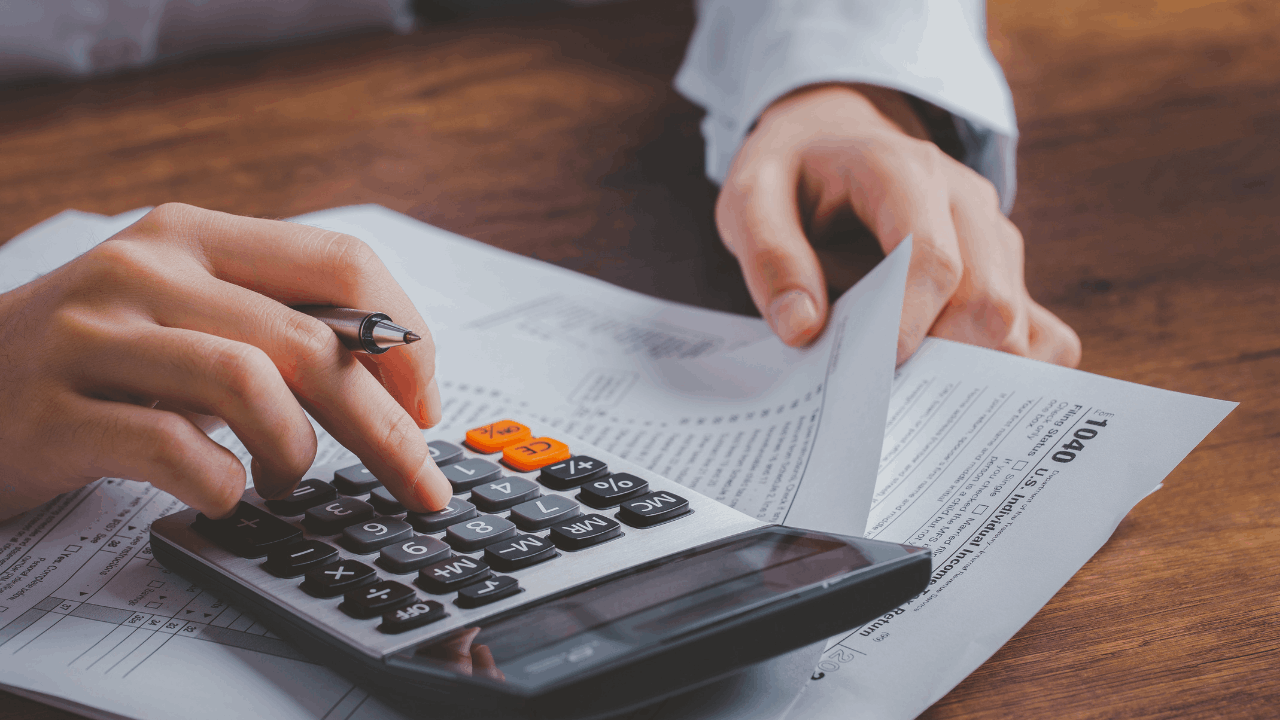
Build Equity Right Away
Equity is the portion of your home you actually own. A larger down payment means more equity on day one, which helps you build wealth faster—handy for future refinancing or selling.
Lower Monthly Payments
More money upfront equals a smaller loan balance, which translates into smaller monthly payments. That frees up your budget for other life goals or unexpected expenses.
Better Loan Conditions
Lenders see bigger down payments as less risk. This can help you qualify for lower interest rates, saving you thousands over time.
How Much Should You Put Down?

Common Down Payment Benchmarks
Many people think 20% down is a must—but that’s not always true. On average, first-time buyers usually put down 6–7%.
The 20% Myth
Putting 20% down means no private mortgage insurance (PMI) and potentially better rates, but it’s not a requirement. Many buyers choose smaller down payments and budget for PMI instead.
Low and Zero Down Options
Some conventional loans allow as little as 3% down. FHA loans require about 3.5%. If you qualify for VA or USDA loans, you might not need a down payment at all.
What Influences Your Ideal Down Payment?
Your savings, income, credit score, debts, and the local housing market all play a role. There’s no one-size-fits-all answer—it’s about balancing upfront costs with your long-term financial comfort.
Down Payment Requirements by Loan Type
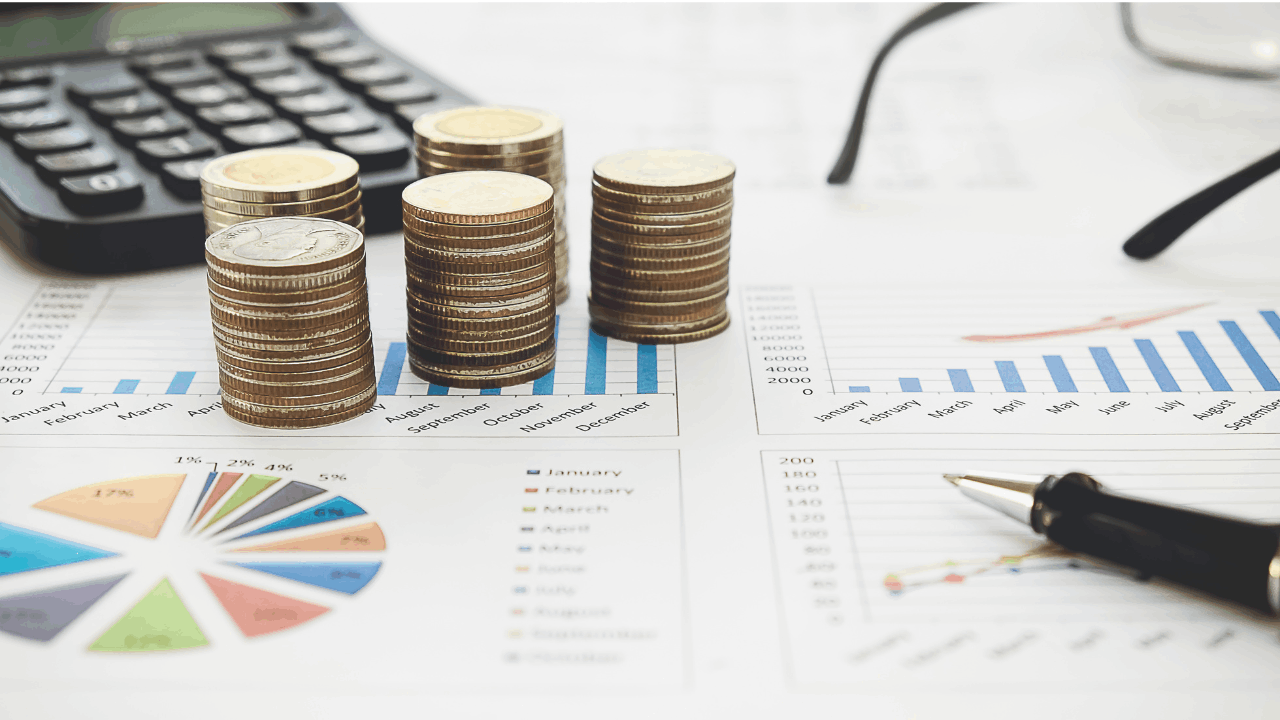
Conventional Loans
These loans are the most common. You can often put down between 5–20%. Less than 20%? Expect to pay PMI until you build enough equity.
FHA Loans
These are popular with first-time buyers and require as little as 3.5% down. Keep in mind you’ll pay mortgage insurance for the life of the loan or until you refinance.
VA and USDA Loans
For veterans, active-duty military, and buyers in eligible rural areas, these loans often allow you to buy with no down payment at all.
Smart Ways to Save for a Down Payment
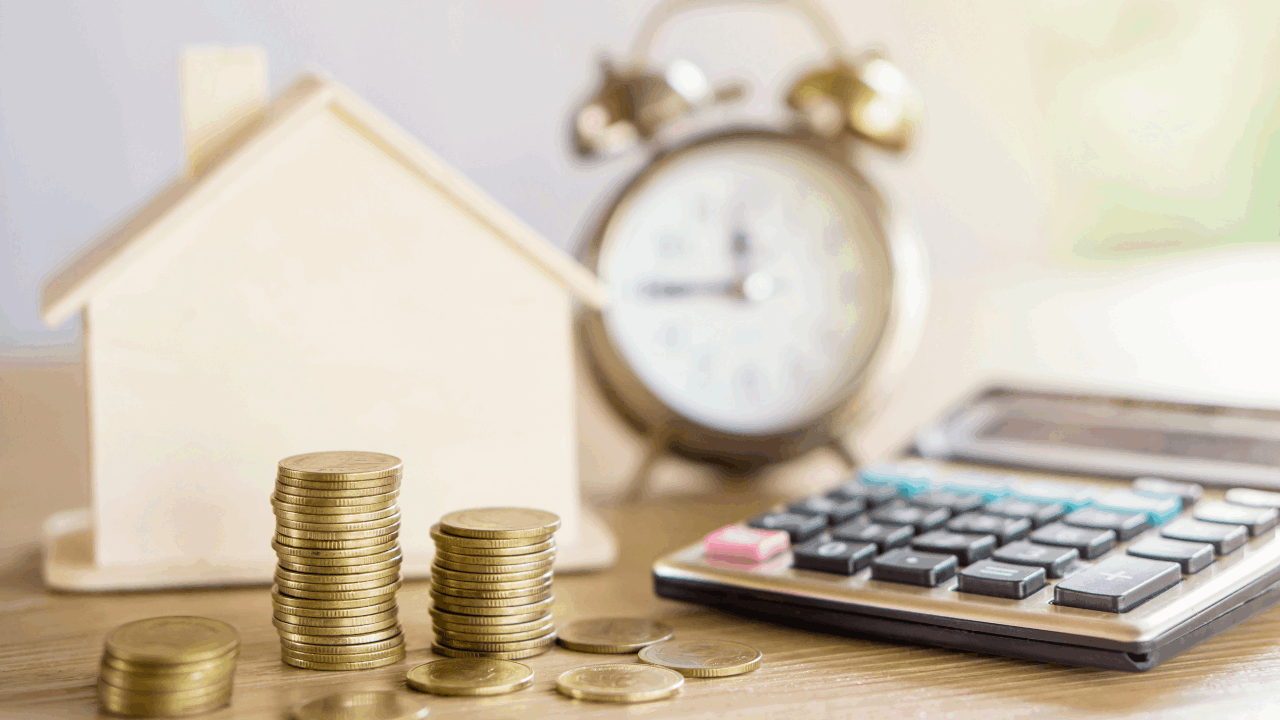
Make a Savings Plan
Decide how much you need and when you’d like to buy. Break that goal into a monthly target and set up an automatic transfer so you don’t accidentally spend your savings.
Trim Everyday Expenses
Cut back on unnecessary costs—skip dining out, cancel unused subscriptions, or switch to homemade coffee. Small changes add up fast.
Use Assistance Programs
Many buyers overlook down payment assistance. Local grants, matched savings programs, or low-interest loans can bridge the gap. Check what’s available in your area!
Down Payment Help You Might Qualify For

National Resources
Programs like FHA loans and special HUD initiatives help millions of buyers. There are also specific options for teachers, healthcare workers, and first responders.
State & Local Assistance
Cities and states often offer grants or forgivable loans to help buyers, especially first-timers and low-to-moderate income families. Reach out to your local housing agency to learn what’s out there.
Common Pitfalls to Avoid
Spending All Your Savings
Keep an emergency fund separate from your down payment. Experts recommend having at least 3–6 months of living expenses set aside.
Overlooking Closing Costs
Don’t forget about closing costs—they usually add up to 2–5% of your home’s price. Plan for these expenses so you’re not caught by surprise.
Conclusion
Buying a home is one of the biggest financial steps you’ll ever take, and understanding how down payments work is key to making smart decisions. The right down payment helps you build equity, secure better loan terms, and enjoy greater financial peace of mind. Take your time to plan, save wisely, and tap into helpful programs. When you’re ready, you’ll be able to buy with confidence and clarity.
FAQs
1. Is putting 20% down really necessary?
Not always. While 20% helps you avoid PMI and can lead to better loan terms, many buyers successfully purchase with less—sometimes as little as 3% down.
2. Are there loans with no down payment?
Yes! VA loans for veterans and USDA loans for eligible rural areas can offer zero down payment options.
3. How long will it take me to save up?
It depends on your target amount and budget. Many buyers reach their savings goal within 1–5 years by planning ahead and cutting extra spending.
4. What happens if I put down less than 20%?
You’ll probably pay private mortgage insurance (PMI) until you reach around 20% equity. It’s an extra monthly cost but allows you to buy sooner.
5. How can I find down payment help?
Talk to a trusted lender or real estate agent—they can connect you with local and national assistance programs tailored to first-time buyers and specific professions.
Categories
Recent Posts




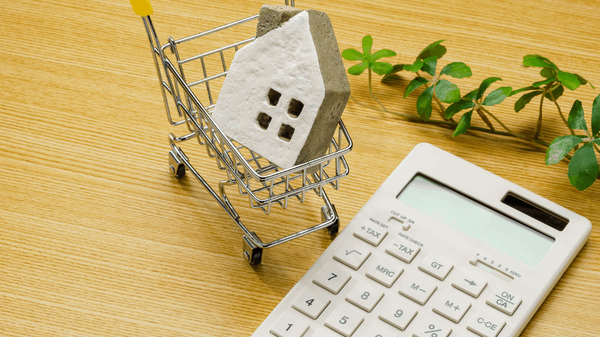
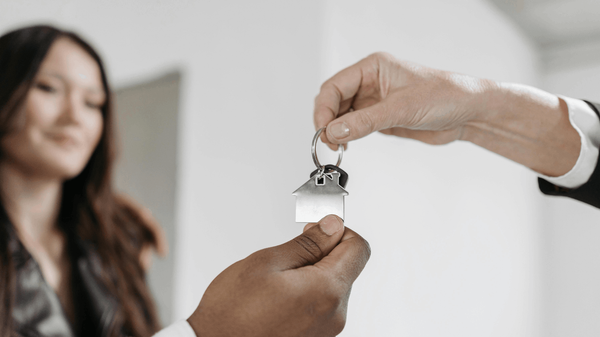
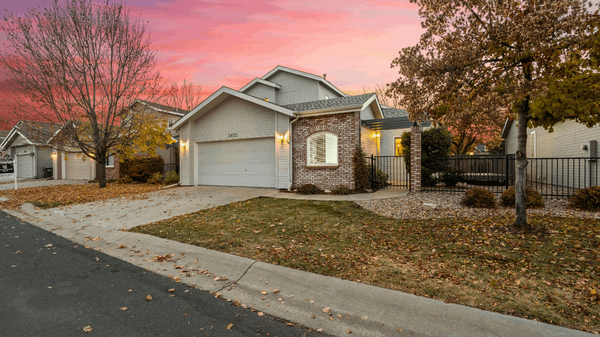
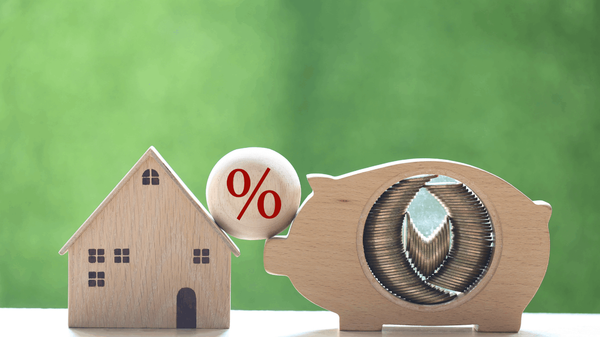
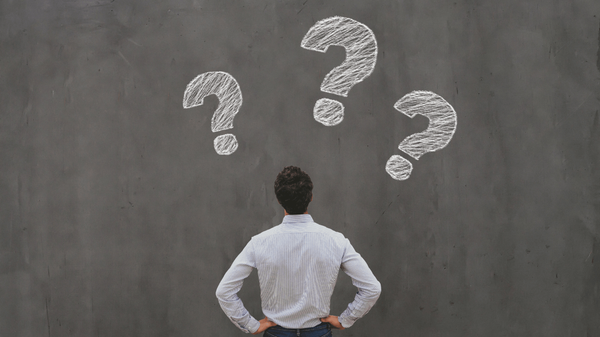


7997 W. Sahara Ave. Suite 101, Vegas, NV, 89117, United States
